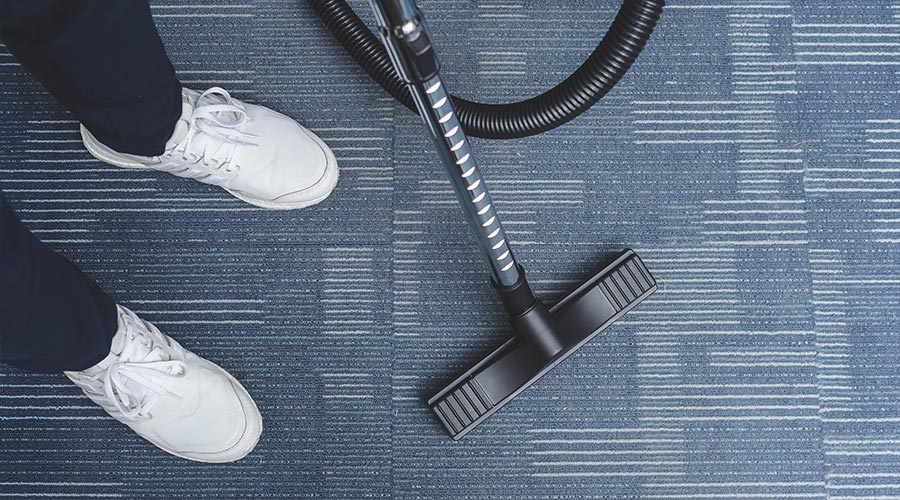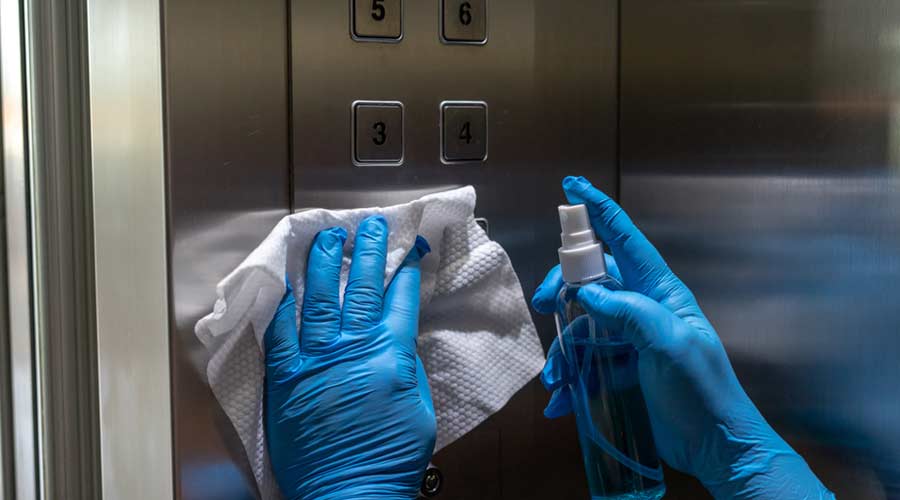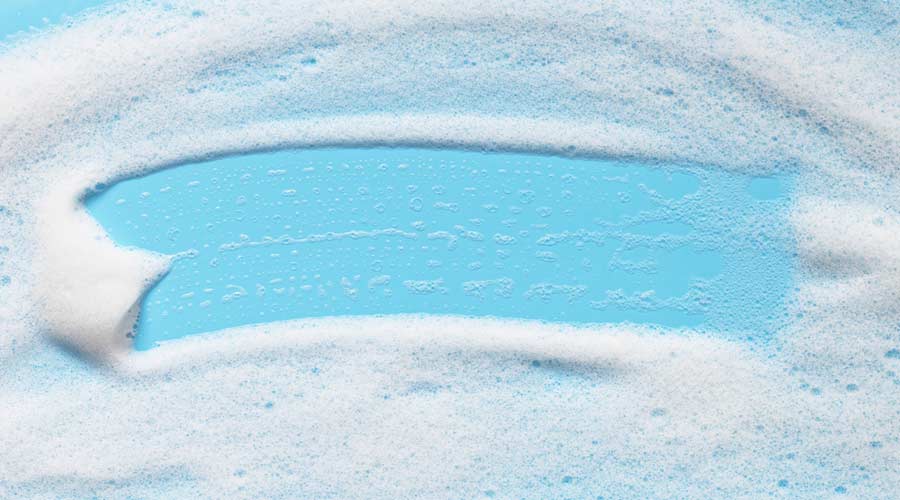
The global carpet and upholstery cleaning services sector is undergoing a transformation, with projections indicating robust growth over the next decade. Valued at an estimated USD 67.4 billion in 2025, the market is expected to achieve a 6% compound annual growth rate (CAGR), potentially reaching USD 120.8 billion by 2035. This significant expansion signals both the resilience and reinvention within a service industry that has historically operated with less public recognition.
A primary driver of this renewed momentum is the lasting impact of the COVID-19 pandemic, which fundamentally reshaped perceptions of cleanliness in both commercial and residential settings. What was once considered an occasional task has now become an essential component of routine maintenance, particularly evident in high-traffic commercial sectors such as hospitality, healthcare, retail, and corporate offices. In the residential market, an increased awareness of allergens, bacteria, and indoor air quality, coupled with the rise of remote work, is fueling consumer demand for professional deep cleaning services, with home environments receiving scrutiny previously reserved for workplaces.
The industry's evolution is also characterized by the integration of innovative technologies and a strong commitment to sustainability. Modern cleaning services are increasingly employing advanced techniques such as low-moisture cleaning, dry compound extraction, and UV sanitation. These methods offer superior results with faster drying times and reduced environmental impact. Concurrently, there is a pronounced shift towards eco-friendly cleaning products, including enzyme-based and biodegradable solutions, reflecting rising consumer expectations for sustainable practices. Digital tools are further streamlining service delivery through automated scheduling, GPS-enabled tracking, and customer portals, enhancing both efficiency and transparency for cleaning companies and their clients.
Despite this promising outlook, the industry faces notable challenges. A tightening labor market in many regions creates pressure on service providers to effectively recruit, train, and retain qualified technicians. The modern cleaning role demands a comprehensive understanding of chemical safety, advanced equipment handling, and strong customer service skills. Additionally, the increasing availability of DIY carpet cleaning machines and rental services could impact demand at the lower end of the market, although these options often fall short of the deep-cleaning efficacy and long-term benefits provided by professional services. Maintaining consistency, quality, and regulatory compliance across a decentralized industry will be crucial for sustained success in the coming years.

 The Down and Dirty on Cleaning in Virus Season
The Down and Dirty on Cleaning in Virus Season How Surfactant Use is Expanding in Commercial Cleaning
How Surfactant Use is Expanding in Commercial Cleaning Operational Excellence Series 2025: Labor Strategies
Operational Excellence Series 2025: Labor Strategies